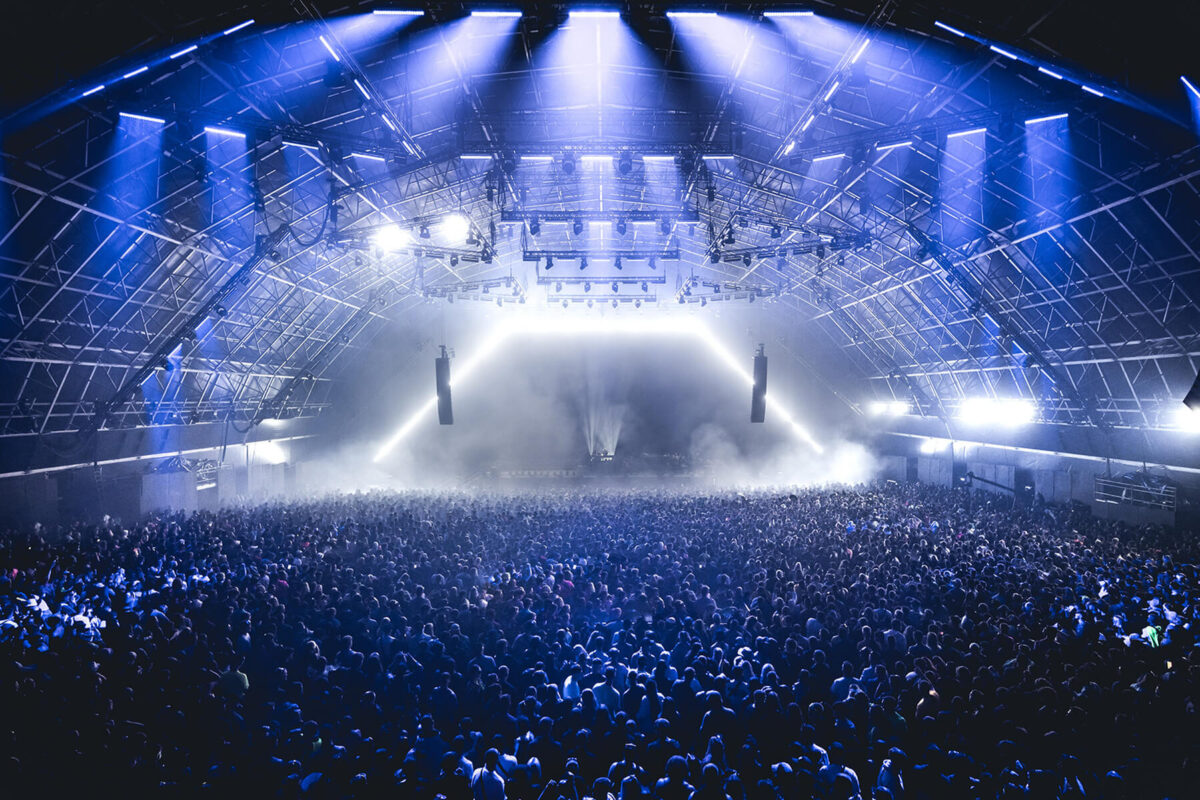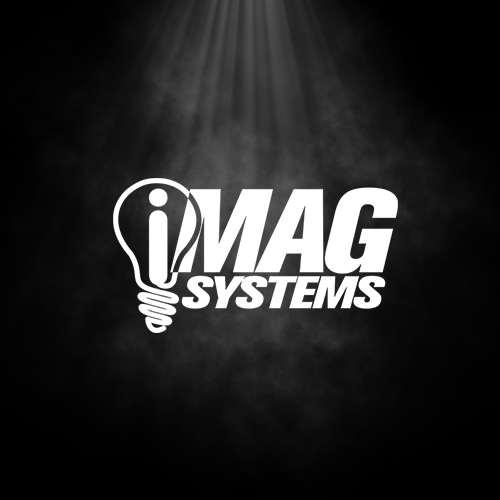UK: Sound production company 22live returned to the Creamfields Northsite on Daresbury Estate, in the beautiful Cheshire countryside, where they made their debut last year on one of the stages.
With ten high profile stages set for the huge, four-day dance music festival, the Martin Audio rental partner this year doubled its account. This year they were entrusted with delivering optimum sound for a second stage in a large-scale Big Top—in addition to the 14,000-capacity iconic Steel Yard stage which they also equipped last year. This industrial super structure was described as the largest in Europe when originally designed by Acorn Events.
Boasting a huge overhead video screen, Steel Yard really comes into its own after 1am on the Saturday night, when it runs through to 4am, and this year saw electronic music icon, Eric Prydz, with his unique soundscapes headlining.
22live director Paul Timmins oversaw the sound system installation—both of this and the #3 stage, renewing his long acquaintance with event production company LarMac LIVE.
He could immediately see how he could draw on last year’s successful deployment to create even greater impact by modifying the sub design, knowing the high priority LarMac place on sound. “For our part,” said Timmins, “we are always looking to refine things where possible.”
Noting the natural rake of around 6 metres over the 110m distance to the downstage edge, his concern was fitting a new sub design within the heavily populated tech built into the front of the structure.
“Unlike conventional rock festivals, atCreamfieldsa high SPL is required all the time,” he said. “For this type of event you need high impact, so we changed what had been a broadside sub array to a spaced cardioid array to create greater impact, although I realized we would sacrifice a bit of controllability and risked a bit more low-end offsite. Whereas for certain other outdoor events, controllability and offsite noise is probably top priority you have to design to suit the event, and DJs at this level often ask about the subs. Although there are still noise propagation and offsite considerations, with 10 stages working together it’s a collective responsibility.”
Let’s just say, the SPL was significant.
Having set out their rationale, 22live deployed 24 SXHF 218 subs in eight ground stacks of three, under a flown WPL line array, 16 elements per side as the main hangs. A further four SXHF 218s (two a side) were flown at the top of the delay towers, each comprising eight Martin Audio WPL, set around 70 metres back.
The system was designed by system tech Sam Millen—who operated in the same role last year—and 22live Technical Director, Simon Gladstone.
Paul Timmins’ other concern was working within the parameters of the superstructure—particularly being able to accommodate an extra stratum of subwoofers (last year the broadside design was only two high). “The Acorn structure is like a hangar, containing a lot of production in terms of moving lights and video,” he explained. “Since there are weight restrictions, you have to work with a ground-based sub solution. And since the entire back of the stage is a video screen, effectively everything has to go out wide to avoid obscuring sightlines and detracting from the artistic element.”
Thus 22live worked diligently to be able to recess the spaced sub array under the stage, since the pit was already heavily populated with confetti cannons, pyro and CO2. LarMac LIVE, and their technical production manager Alex Mackie had been extremely accommodating in this regard. “As a result, we managed to squeeze an extra 6- or 8-inches height which was just sufficient to get all the subs, three high under the stage.”
Aside from concerns about sound escape beyond the structure, Sam Millen also had to work assiduously with the DISPLAY software’s ‘Hard Avoid’ feature inside, as Timmins explained. “The room is reflective, with a silvery stage covering, so we had to keep the sound off the side and especially off the back wall.”
TORUS T1230s were designated for nearfield coverage. “But that also provided challenges; because of the increased height of the stage [the audience] was having to look upwards; therefore anything on the front edge of the stage would have obscured the video.” In the event they managed to locate the four TORUS boxes in the pit on stands. Completing the soundscape, 12 WPS enclosures were used as in- and out-fills.
Set in a large Big Top Stage #3 presented less of a challenge for 22live. Here they flew two hangs of 12 WPL, underpinned by a further spaced array of 16 SXHF218 subs, in eight stacks of two—and this time no delays were required.
All main passive PA systems on both stages were powered by Martin Audio iKON multi-channel DSP amplifiers in 1-box resolution, with the delays in Steel Yard run in 2-box res.
Crew boss for both stages was Nick Jackson, with Sam Millen system teching Steel Yard and Neil Winterbottom doing likewise on Stage #3.
Reflecting on the event, Paul Timmins said, “I think we achieved what we set out to achieve and on the evidence of that we wouldn’t be looking to change anything for next year. Let’s just say the SPL was significant!”
Very much like artists speaking about “their difficult second album”, he concluded, “It’s always good to nail an event in its second year.”
Watch the Rigs At Gigs video:https://youtu.be/8E48-g6l2WE
Photography by Geoffrey Hubbel/LarMacLive.












